On Wednesday, the Federal Reserve's open market committee concluded its two-day meeting to set U.S. monetary policy. In a vote that divided the Board of Governors, appointed by the president and confirmed by the U.S. Senate in an open public process, and the presidents of the regional bank board presidents, chosen by boards dominated by banks within their region, Janet Yellen, chair of the Federal Reserve Board of Governors and the FOMC, announced the FOMC decided to hold steady to its current Fed funds rate. The Fed funds rate is an overnight interest charge made between banks loaning reserves to each other. If it is higher, the cost of making loans goes up, and that reduces liquidity for the business and consumer sectors. Lower liquidity means less borrowing for business investment or consumer purchases like homes and cars. In turn, that means slower demand, and translates into slower growth for jobs.
Last December, after a long period of keeping the Fed funds rate near zero, the FOMC voted unanimously to raise the Fed funds rate by one-quarter to one-half points. It was anticipated that would be the first in a series of increases of similar small amounts. But, over the course of this year, the economy has run rather flat. Employment in the areas sensitive to interest rates like construction and manufacturing, after employment gains during 2015, ran flat. Durable goods manufacturing, which had been declining during 2015, continued to fall. In 2015, the unemployment rate fell from 5.7% in January to 5.0% in October. It has since remained stuck at about that level.
Ideally, when the Federal Reserve gets things right, the economy runs neither too hot or too cold. Eight months of flat unemployment rates and tepid GDP growth would suggest the Fed has clearly succeeded in finding a landing that, so far hasn’t meant crashing the economy. At least, on Wednesday, the evidence from modest GDP growth, flat unemployment and very low inflation convinced the six Board of Governors and the president of the New York Federal Reserve Regional Bank to hold steady; a tribute to Janet Yellen’s leadership to stay focused on the data and the real economy.
But, the other three regional bank presidents, Esther George of Kansas City, Loretta Mester of Cleveland and Eric Rosengren of Boston, all voted to raise the rate now. Another point of context is understanding the global economy is growing slower. The other major world economies, Europe, Japan and China, are struggling with slow growth. Their central banks are operating with either zero or negative interest rates. America’s modest growth looks very good next to their anemic performance. So this is making the dollar very strong. And that helps to explain the weakness of U.S. manufacturing because a strong dollar hurts U.S. exports. So even modest increases in U.S. interest rates are big by global standards and could further disadvantage U.S. manufacturing.
A second context is that the excess level of savings, globally, is chasing down projections of interest rate levels. Currently, the consensus at the Fed is that in the midterm, the Fed funds rate is likely to be around 1.9% at the end of 2018, and in the long run the normal rate is expected to be about 2.9%. On the eve of the Great Recession, the Fed funds rate was 5.25%. Compared to 2.9%, a raise to between one-half and three-quarters is not small. It isn’t like when the "normal" rate was above 5%.
The current tension in the FOMC between the Board of Governors and the regional bank presidents continues the controversy whether banks have too much say. Independence of the Fed from the political process is important. But, so too is Fed independence from the banks they need to regulate and oversee to make sure we have economic stability. The vote from Wall Street was positive. The stock market gains show a consensus the Fed is doing it right.

